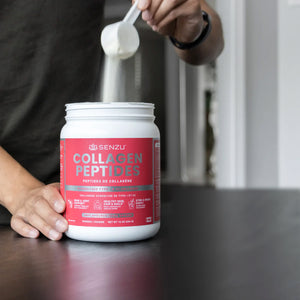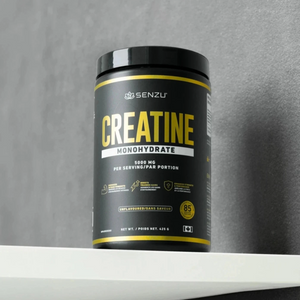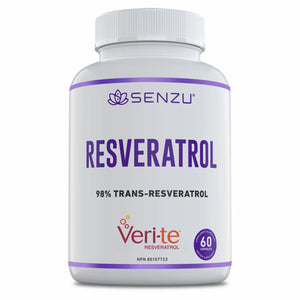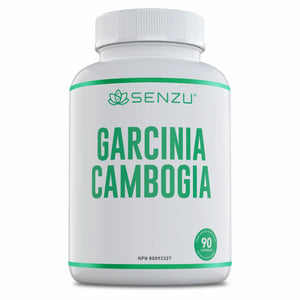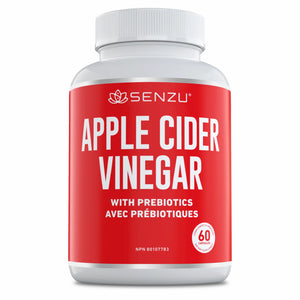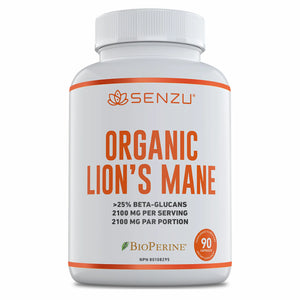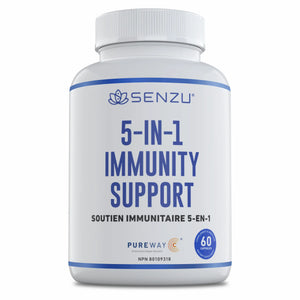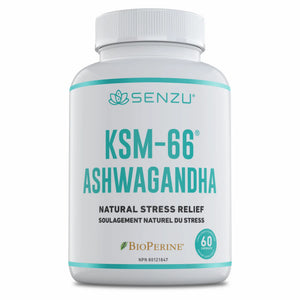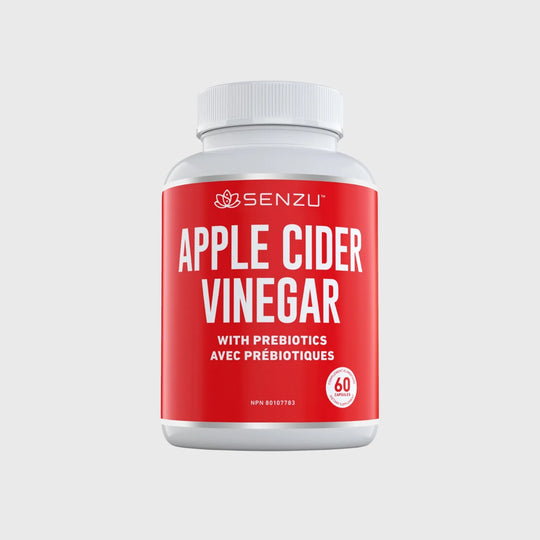Skincare Myths Debunked: What Really Works for Clear Skin

With social media flooded by skincare hacks and influencer advice, it can be hard to separate what actually works from what's just hype.
Misinformation about skincare not only wastes your time and money but can also damage your skin. If you're chasing clear skin, it's time to cut through the noise.
This guide debunks the most common skincare myths and offers science-backed advice on what really works.
Myth 1: You Must Wash Your Face Multiple Times a Day
Many believe that washing your face several times a day will keep it clean and acne-free. But overwashing can actually strip your skin of its natural oils, damaging your barrier and causing irritation or even more breakouts.
According to the American Academy of Dermatology (AAD), excessive cleansing can trigger dryness and inflammation. In reality, cleansing once in the morning and once at night is enough for most skin types. Use a gentle, pH-balanced cleanser suited for your skin type to remove dirt, oil, and sunscreen without over-drying.
Myth 2: Oily Skin Doesn’t Need Moisturizer
It’s a common misconception that oily or acne-prone skin doesn’t need moisturizer. Skipping it may cause your skin to produce even more oil to compensate for the lack of hydration.
According to Harvard Health, all skin types need moisture to maintain balance. The key is choosing the right moisturizer. Look for lightweight, oil-free, or gel-based formulas labeled as "non-comedogenic." These products hydrate the skin without clogging pores or making you feel greasy. Moisturizing regularly also helps improve skin barrier function, which is essential for overall skin health.
Myth 3: Toothpaste Can Clear Pimples
Toothpaste contains ingredients like baking soda and hydrogen peroxide that people believe can dry out pimples. While that may sound effective, applying toothpaste to your skin can cause severe dryness, irritation, or even chemical burns. It’s simply not formulated for facial skin.
According to Cleveland Clinic, using toothpaste as a spot treatment can do more harm than good. Instead, use products with proven acne-fighting ingredients like benzoyl peroxide, salicylic acid, or sulfur. These target inflammation and bacteria without damaging the surrounding skin. Over-the-counter treatments formulated specifically for acne are much safer and more effective.
Myth 4: Natural Ingredients Are Always Better
Just because something is natural doesn’t mean it’s better or even safe for your skin. Ingredients like lemon juice, baking soda, and undiluted essential oils are often touted as miracle solutions but can disrupt your skin's pH and cause irritation or burns. The term “natural” is unregulated and often used as a marketing tool.
According to DermNet, some natural ingredients can be allergens or overly harsh. What works is using well-formulated products with ingredients backed by dermatological research—whether they’re natural, synthetic, or a mix of both. Focus on effectiveness, not labels.
Myth 5: You Don’t Need Sunscreen on Cloudy Days or Indoors
If you're only applying sunscreen at the beach, you're missing a key step in your daily routine. UVA rays, which cause aging and hyperpigmentation, can penetrate clouds and windows. This means your skin is still vulnerable even on overcast days or when you're indoors. The Skin Cancer Foundation emphasizes the need for daily sun protection regardless of weather or location. Applying a broad-spectrum sunscreen with at least SPF 30 every morning helps protect your skin from sun damage and supports an even, clear complexion over time. Reapply every two hours if you’re exposed to light through windows or artificial UV sources.
Myth 6: Acne Only Affects Teenagers
While it’s true that acne often starts during puberty, adult acne is increasingly common, especially in women.
According to Johns Hopkins Medicine, stress, hormones, diet, and even skincare products can contribute to breakouts well into your 30s and beyond. Adult acne may require a different approach than teen acne, often needing a gentler or more targeted treatment.
What works is customizing your skincare routine based on your current skin condition and consulting a dermatologist if over-the-counter treatments aren't helping. Don’t assume acne means your skin is dirty—acne is a complex condition involving inflammation, bacteria, and hormonal imbalances.
Myth 7: More Products Means Better Results
Layering product after product might seem like a fast-track to perfect skin, but overcomplicating your routine can backfire.
Too many actives or conflicting ingredients can overwhelm your skin, leading to irritation, sensitivity, and even breakouts.
According to Mayo Clinic, a simple, consistent routine tailored to your skin type is more effective. Start with the basics: cleanser, moisturizer, and sunscreen. Then, if needed, introduce actives like retinol, niacinamide, or exfoliants one at a time. Monitor how your skin reacts before adding more.
Conclusion
The skincare world is full of myths that can sidetrack your journey to clear, healthy skin. But by staying informed and focusing on evidence-based practices, you can avoid common pitfalls and build a routine that actually works.
From using sunscreen every day to understanding that even oily skin needs moisture, the path to clear skin is less about trendy tips and more about consistent care.
Be patient, stick to what’s proven, and always consider professional advice when in doubt. Your skin is unique, and it deserves a routine that reflects that.
